We’re flying past the planets of our Solar System. We pass by Mars, Jupiter, Saturn, Uranus, and Neptune. Then we move through dark space beyond the edge of our world. We’ve reached our destination. It’s the Oort cloud. It’s a hypothetical region around the Solar System that holds tons of asteroids and blocks of ice.
It’s likely to be where the largest comet in human history was born. And now, it’s heading toward the Sun! Bernardinelli-Bernstein was discovered totally by accident during the Dark Energy Survey. Our telescopes were pointed at distant space. Their main goal was to learn more about how the Universe was expanding. Astronomers also wanted to make a more detailed map of the observable universe.
Scientists analyzed over 80,000 images and found a moving object. It was alarmingly close to our home planet. Its size was an impressive 62[ml (100 km)] miles. That’s about the width of Lake Michigan. It was an already active comet with a long tail. Usually, comets get a tail when they come close to the Sun. The heat from the star warms the comet’s surface, and light materials, like ice, begin to evaporate. This forms a cloud of steam and dust that stretches far beyond the comet.
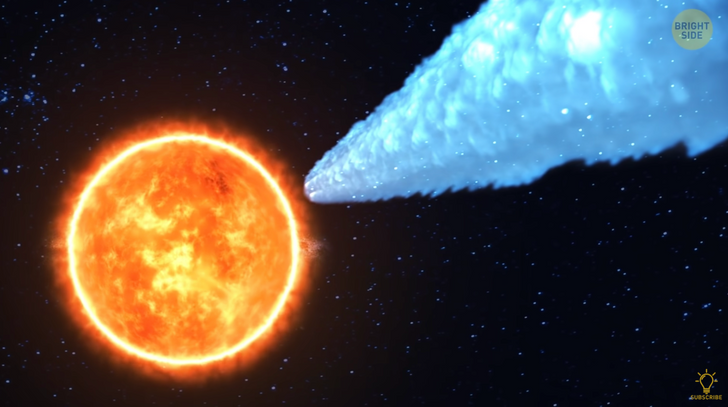
But Bernardinelli-Bernstein is too far away from the Sun to start heating up. This means that its surface has a different composition. It might be solid carbon monoxide. This increases the luminosity of the comet. That’s why it can be observed with telescopes on Earth. We can compare Bernardinelli-Bernstein to the largest meteorite to ever fall on Earth.
About 66 million years ago, our planet was hit by a meteorite about 6 [ml (10 km)] miles wide. At that time, the blast wave from the collision went around Earth several times. Tsunami waves caused by the impact were taller than the largest skyscrapers. And the energy from the explosion set huge areas on fire. Almost all living creatures, including dinosaurs and ancient fish, ceased to exist.
The meteorite left a crater three times the size of Manhattan. The place where it fell was rich in sulfur. This substance evaporated because of the abnormal heat and gathered into massive clouds. This caused acid rains that were falling on Earth for several more weeks.
Our newly discovered comet is 10 times bigger. If it were flying toward Earth, you’d see it with the unaided eye long before the impact. It’d look like a moving star in the night sky. A few days before the comet reached our planet, you’d see it even during the day. You’d be able to distinguish its long tail too.
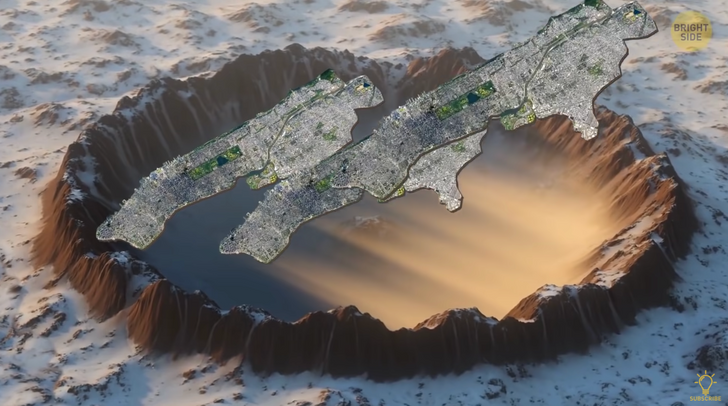
When the comet entered the atmosphere, it’d produce a booming sound so loud you’d hear it on the other side of Earth. At this point, the comet would begin to heat up because of friction with the air. It’d start burning. Countless pieces of debris would break away from the main body of the meteorite and fall on Earth. As soon as Bernardinelli-Bernstein touched the surface of the planet, we’d see a flash so bright it’d outshine the Sun. In a fraction of a second, a colossal amount of energy would be converted into heat.
This would create the most powerful explosion in the history of our planet. It’d literally rip out chunks of ground and throw them into the air. The blast wave would incinerate everything within a few hundred miles. It’d continue to spread in different directions, breaking and bending trees. At one point, it’d reach snow-capped mountains and trigger huge avalanches that would cover many villages. The blast wave would go round the planet, shattering glass in buildings on all continents.
Tsunami waves would be so high they would cover entire coastal cities. The most powerful earthquake in history would break the ground and create deep cracks. After the impact, billions of tons of dust and ash would rise into the air. A giant black cloud would completely block the Sun’s rays. Earth would be plunged into darkness. All the debris in the air would start melting. They’d turn into liquid lava and fall back to the surface, causing even more damage.
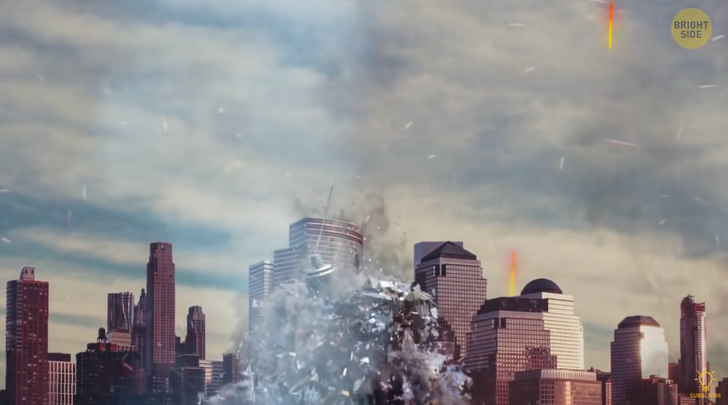
The ash and dust in the air would cover the Sun for several more months. During this time, the temperature on Earth would drop by several degrees. Even if they were hiding in deep shelters and bunkers, people (as well as all other living organisms on the planet) would be unlikely to survive this event.
Fortunately, Bernardinelli-Bernstein isn’t going to approach Earth. Right now, the comet is about 20 astronomical units away from the Sun. That’s 20 times the distance from Earth to the Sun. It means the comet will soon cross the orbit of Uranus. In 2031, it’ll be 11 astronomical units away from our star. That’s just outside Saturn’s orbit.
This is going to be the closest Bernardinelli-Bernstein will approach the Sun. Then it will begin its flight back to the edge of the Solar system. But the comet is bound to return again. It’ll move away from the Sun and slow down until the star’s gravity pulls it back. Then the comet will make another circle around our Solar System. But that will take about 3 million years.
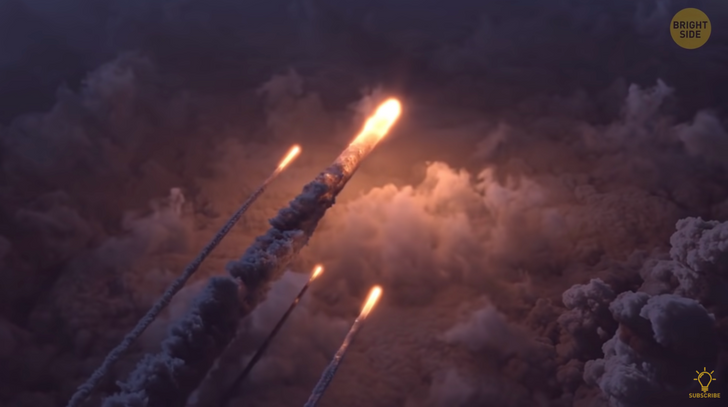
Right now, we have other meteorites to worry about, for example, 3200 Phaethon. It crosses the orbits of Mars, Earth, Venus, and Mercury. Then it goes around the Sun and comes back. This cycle takes about 523 days. Then it starts over.
This meteorite is considered potentially hazardous because it crosses Earth’s orbit at 7.5 Earth-Moon distances. During one of its last approaches to Earth, this 3.6-mile-wide block of rock showered our planet with small meteors.
Since the asteroid often passes by the Sun, its surface is likely to look like the dry bottom of a mud swamp. It’s covered in scales and cracks. As it flies past Earth, these scales break off and cause meteor showers.
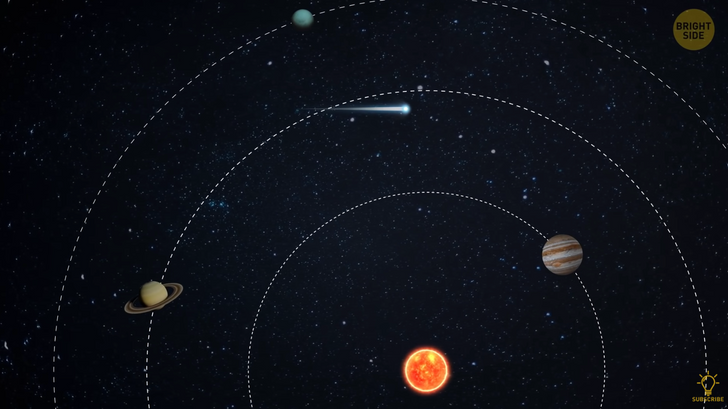
But the largest potentially hazardous asteroid is the 1999 JM8. It’s about the size of 77 soccer fields. It passes by Earth at x9 lunar distances. Its closest approach to our planet will happen in August 2137. If such a meteorite were to hit Earth, an entire continent could be wiped out.
The rest of the world would experience massive tsunamis but would survive the event. So naturally, scientists are thinking of ways to protect the planet from such a disaster. The first solution is a controlled big bang. One of the laws of physics says that if you apply some force in one direction, it’ll cause a reaction in the opposite direction.
So if we spot an asteroid that is about to collide with Earth, we’ll need to send a rocket toward it. This way, we’ll produce a controlled explosion — not inside but right above its surface. The blast will be directed upward, and the asteroid will shift downward. Even this tiny shift would be enough to change the trajectory of the asteroid. And then it’ll fly past Earth.
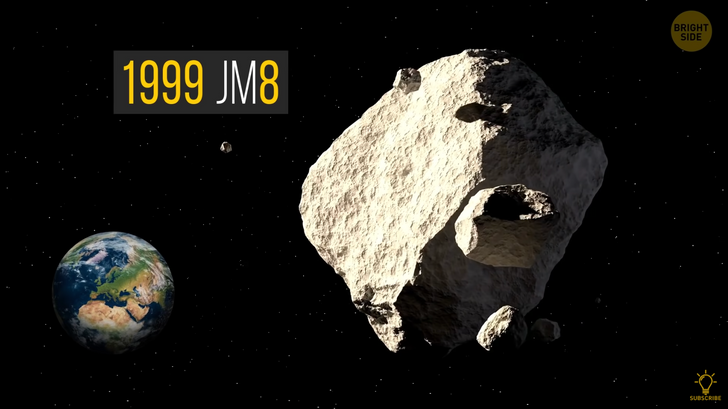
Another way is to send a heavy object, like a spaceship, toward the space body. Every heavy object has its own gravity. So the spacecraft will have to fly close to the asteroid, which will attract the ship to its surface. But the engines of the spacecraft will resist. The ship will start pulling the asteroid in the opposite direction.
This will change the trajectory of the asteroid, and our planet will remain intact. We can also ram the asteroid with the spaceship. Bam! Or we could build a space station, like the ISS. It would be equipped with a bunch of huge magnifying lenses.
We would send the station closer to the Sun and start looking for potentially hazardous asteroids. Then we’d point all the lenses so that the Sun’s rays would focus on the giant rock. The heat would begin to vaporize the matter from the asteroid’s surface. That’s where physics would come into play again. The matter would evaporate upward, and the asteroid would move downward.
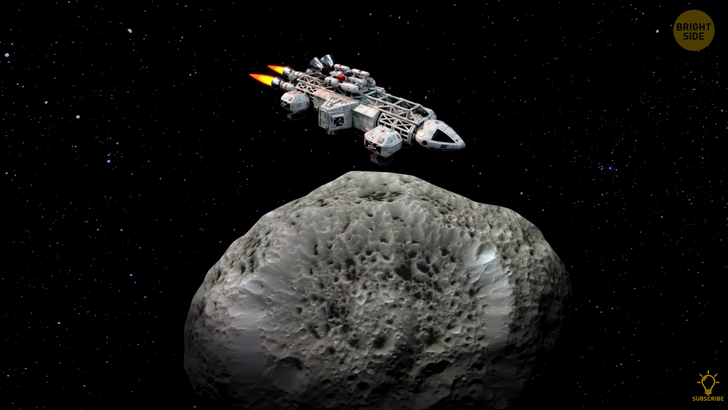
We could also wrap the asteroid in a reflective film, something like foil. Usually, space bodies absorb most of the Sun’s rays. But if the asteroid was covered in foil, the rays would bounce off its surface. This would create a weak pushing force. That should be enough to avoid the collision.
And, of course, we could attach rocket engines to the asteroid. This way, we would be able to not only change its trajectory but also control it. But that would depend on the size of the asteroid and the number of engines. And then we could use this massive rock to ram it into other, larger asteroids.
>>> Read full article>>>
Copyright for syndicated content belongs to the linked Source : BrightSide.me – https://brightside.me/wonder-curiosities/biggest-comet-ever-will-enter-our-solar-system-in-2031-813967/






























